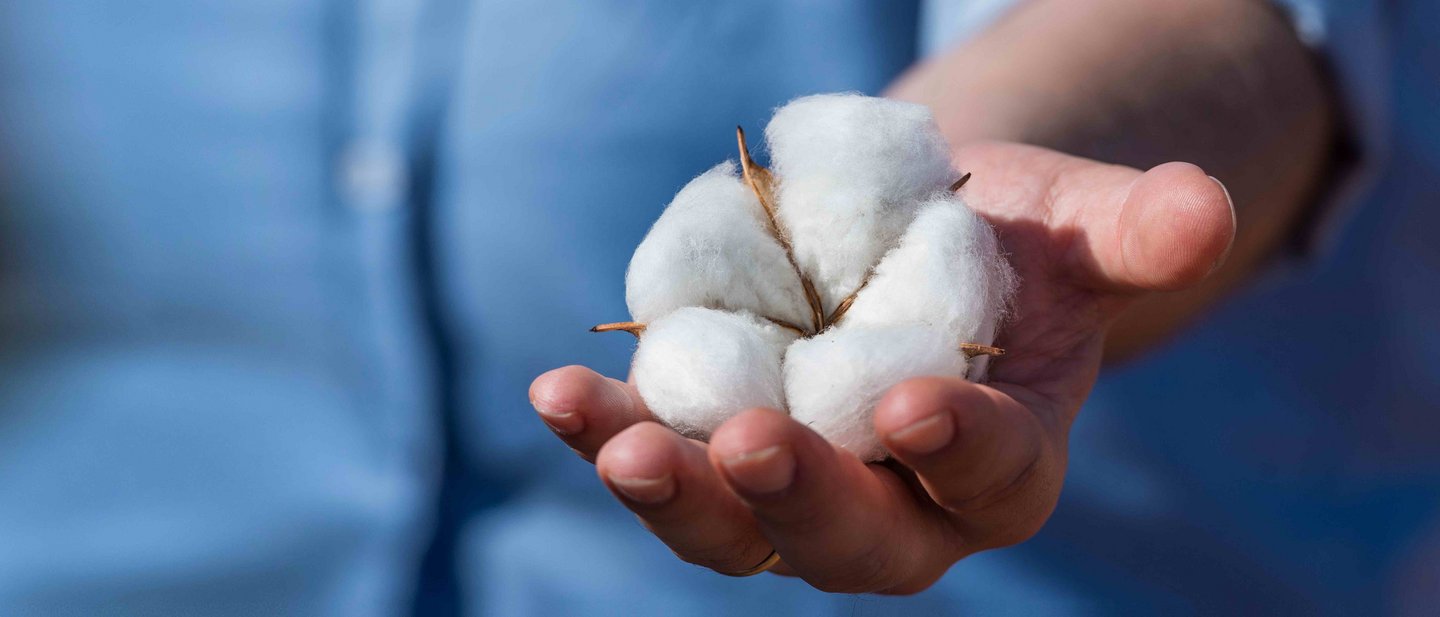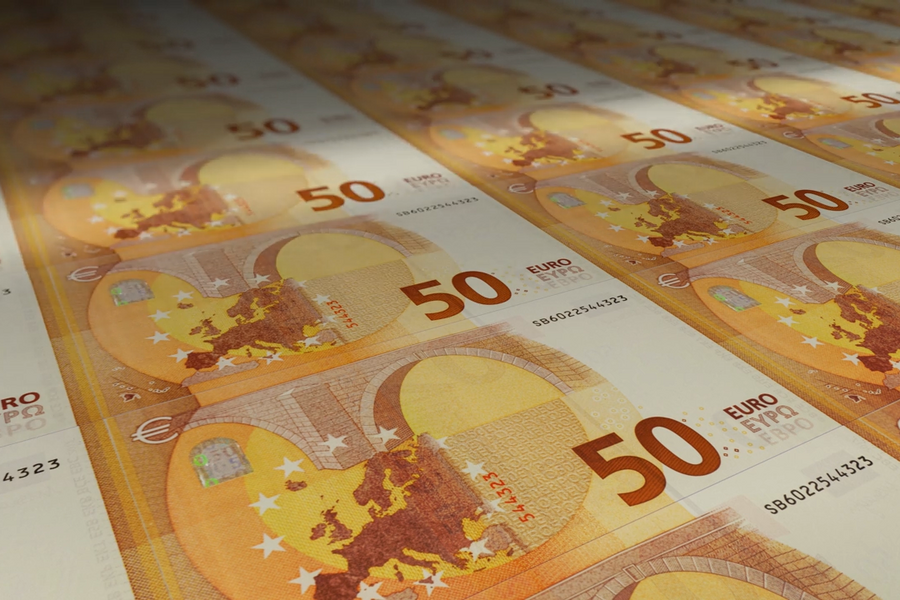Currently, around 24 million tons of cotton are produced every year, with more than three-quarters of global production in India, China, the United States, Brazil, and Pakistan.1 Its use dates back to the fifth millennium B.C., and the word stems from the Arabic “qutun.” It was critical in the Industrial Revolution, with cotton mills springing up across Britain, triggering technological developments and providing employment. It was estimated that in the mid-19th century, the livelihood of 20%–25% of Britain’s population was based on the cotton industry.

Cotton banknotes: natural security
Cotton is ubiquitous: it is in our clothes, it is used in bookbinding, it is in coffee filters and fishing nets – and in banknotes. It is everywhere, and has been cultivated for millennia, yet most of us don’t give this natural fiber a second thought. We dive deeper into the world of cotton to discover the benefits of the cotton shrub.

Now indispensable to humankind, this flexible and durable fiber is used in many industries around the globe – with no part of the fiber going to waste. Cotton balls are picked, then processed in factories where they’re combed into long yarns. During the combing process, shorter fibers – known as noils or combing waste – are removed. Of the 24 million tons of cotton harvested annually, around 20%–30% ends up as these byproducts (around 6 million tons) – but it’s a material that’s ideal for producing banknotes. The banknote industry makes use of around 125,000 tons of these noils, equivalent to just 2% of this byproduct of cotton production.
Technology ensures security of banknotes
Cotton banknote paper offers several advantages over other materials. It’s durable – as any of us who have nervously opened a washing machine after accidentally washing a banknote can attest to. And it’s secure: security density is much higher than in other substrates. As well as the inclusion of watermarks, security threads can be woven into the banknote, making these banknotes extremely difficult to counterfeit. Indeed, producing threads for banknotes requires up to 18 process steps before being embedded, meaning that the security density is much higher than elements produced just by printing or applying on “two-dimensional” substrates.
“The production of a fiber-based banknote from cotton is impressive because of its complexity. During the individual processing steps [it also offers] the possibility of embedded security features at a density that other substrates cannot achieve“
Product Manager for High-Security Paper, Louisenthal
A sustainable and renewable resource
At the same time, the fiber offers unmatched sustainability. Cotton production emits 1.7 kg of CO2 to produce 1 kg of fiber, but in its leaves and its soil, it binds 2.2 kg of the greenhouse gas – removing more CO2 from the atmosphere than it emits. The International Cotton Advisory Committee, the ICAC, notes that “cotton uses oxygen and CO2 to make cellulose, and since its fibers are 96% to 98% pure cellulose, cotton is the world’s best biodegradable natural fiber.”2
Further supporting a focus on sustainability, the European Central Bank’s 2020 update of its Environmental Statement noted that it is “implementing policies to minimize the environmental impact of the production of euro banknotes.”3 Sustainable cotton is a complex topic: every single step of the production chain brings levers that can support sustainability. For example, as well as environmentally friendly cotton production processes, the use of organic cotton also supports sustainability goals. There are many ways in which banknotes can be made more sustainable, but producing banknotes made of pure cotton is a sound place to start.
Cotton paper banknotes offer many advantages over other substrates, and the combination of sustainability, durability, and security makes it an unmatched fiber for banknote production.
Published: 14/06/2022


